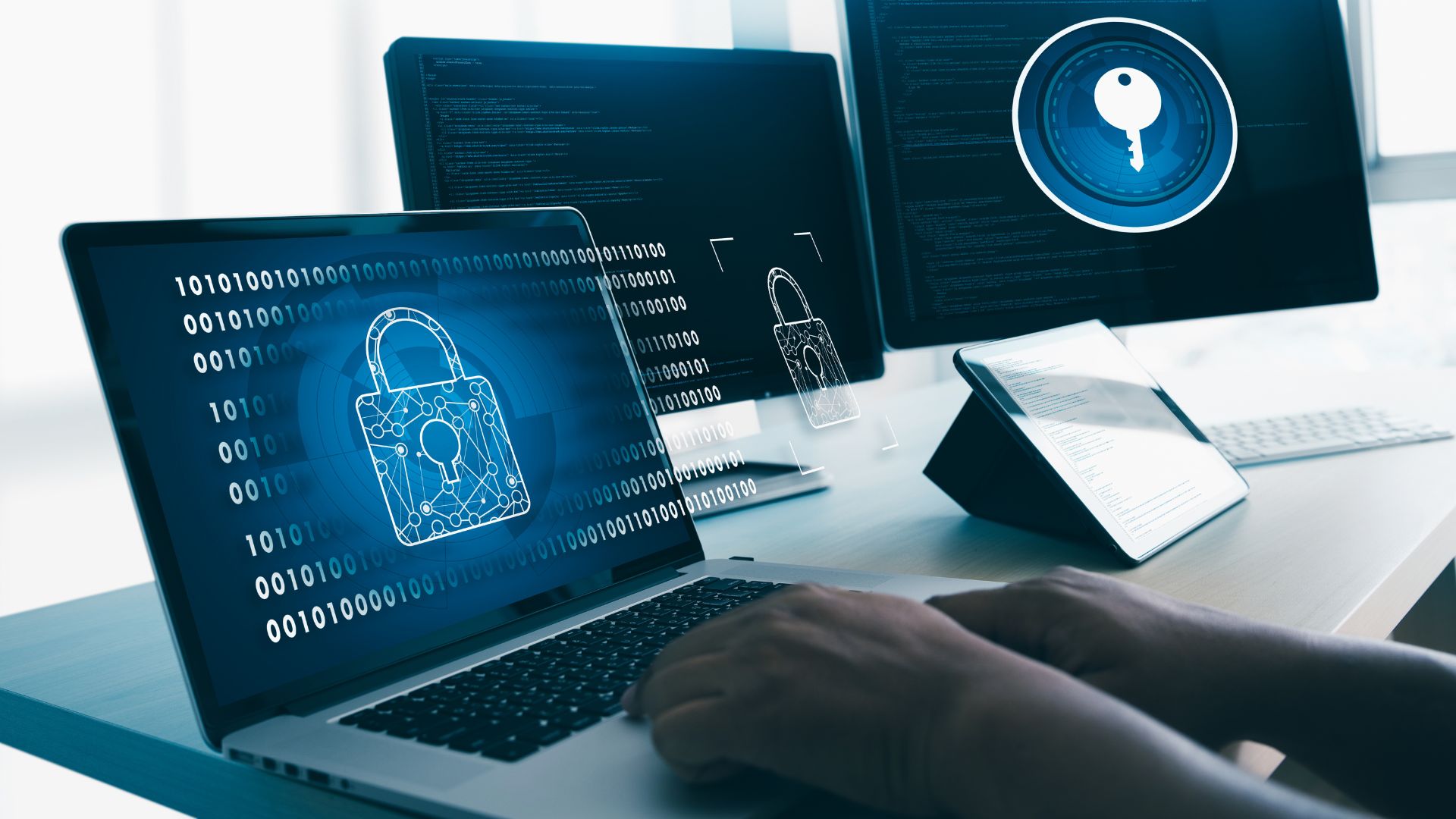Best Practices for Protecting Your Digital Information

Protecting digital information is essential in today’s data-driven world, where personal and financial details are often stored online. One of the best practices is to use strong, unique passwords for each account, avoiding predictable information like birthdays or simple patterns. Password managers can be helpful for generating and securely storing complex passwords, minimizing the risk of unauthorized access. Regularly updating passwords and avoiding password reuse across platforms are also key steps in strengthening account security.

Multi-factor authentication (MFA) is another valuable tool for protecting digital information. With MFA, users must verify their identity through multiple methods, such as a password combined with a fingerprint or a one-time code sent to their phone. This added layer of security makes it harder for hackers to access accounts, even if they obtain login credentials. Many online services now offer MFA as an option, and enabling it can significantly reduce the risk of unauthorized access.

In addition to securing accounts, it’s important to protect the devices used to access personal information. Regular software updates are crucial, as these updates often include security patches that address vulnerabilities. Antivirus software and firewalls add another layer of protection by detecting and blocking malicious activity. For mobile devices, installing apps only from trusted sources and avoiding public Wi-Fi for sensitive transactions can further enhance security.

Lastly, individuals should be cautious about sharing personal information online. Scammers often gather information through social media profiles or phishing emails, using it to steal identities or access accounts. By keeping profiles private, limiting information shared publicly, and verifying the source of emails or messages before clicking links, users can better protect their digital information. Implementing these best practices can help individuals safeguard their data and maintain privacy in an increasingly digital world.



